Leaving for Ghana and knowing that my trip was going to be short, I decided that the main focus should be on Ghanaian textiles. Just because textiles brought me there.
My first meeting with Ghanaian textiles was when my friend Nancy shipped a set of fabrics for quilts. Then I researched Ghanaian textiles and now I wanted to see them in person. My friends at the OITC helped me with that.
For the two quilts I took to Ghana I used Kente cloth patterns.
Kente is considered to be the most famous of all African textiles, and one of the world’s most complicated weavings. This cloth is special as it is worn as a piece of clothing and each pattern design and each color has a name and a special meaning.
To make a magnificent Kente cloth the artist hand weaves a yarn on a narrow horizontal loom. The artist will make strips of cloth that are about 3-5 inches wide and about 5-6 feet long. Customarily only men are allowed to weave the cloth. Women, on the other hand, sew strips of the cloth together to form glorious garments.
I wanted to see how Kente cloth was woven. We visited one of the weavers, Simon. He told us that he started weaving when he was 12 years old and now he is 70. I was surprised how fast he worked with his hands and feet. Looked like he wasn’t even counting threads but the pattern was coming out perfectly symmetrical.

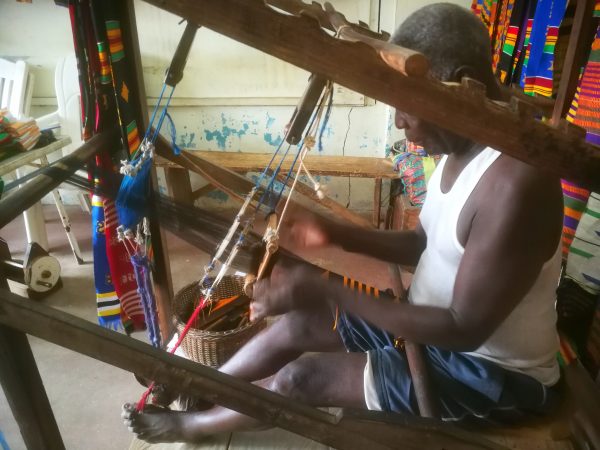

Our next trip was to Global Mamas to see how batiks are made in a traditional way. Global Mamas were founded in 2003, and the community is comprised of thousands of people from around the world working together with the mission of creating prosperity for African women and their families. They achieve prosperity by creating and selling unique, handcrafted products of the highest quality.
We visited just a small place but we were able to see the entire process, that started with stamping fabric with hot wax and ended the new dress being packed and ready to ship to a customer. They ship their products worldwide, USA and Europe included. Their online shop is here: Global Mamas online shop






Blocks for printing are not made from wood anymore, they are made from foam. This way they are easier to make and absorb more wax.
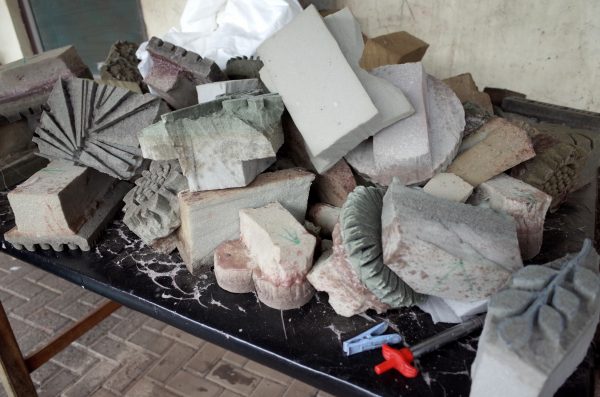
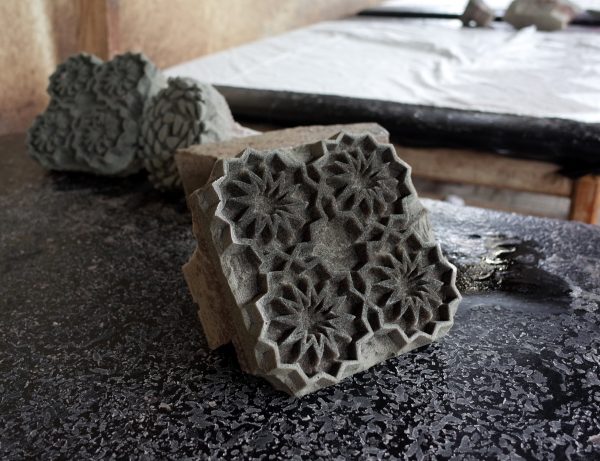



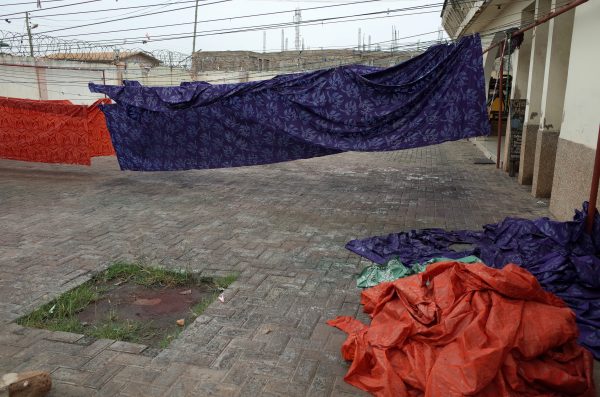

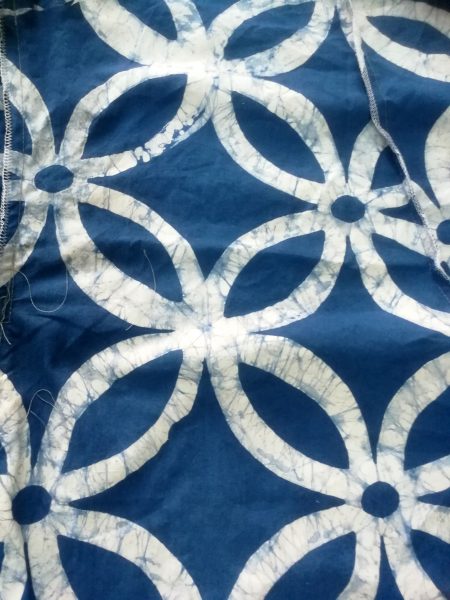

We visited one of the biggest textile producer in Ghana- GTP that develop, produce and sell African prints of the highest quality.

We were given an extended and very interesting tour but from the very beginning we were told that cameras are not allowed behind that gate. To see what they make you have to click on the link above.
Finally we went fabric shopping. That was fun:



I visited few more places where I bought more fabrics, mostly batiks. My entire collection was of 44 meters of fabric:

The last interesting tour was to see how glass beads were made by hand. Bead making is important in Ghana and beads are worn as necklaces, bracelets, anklets, earrings.

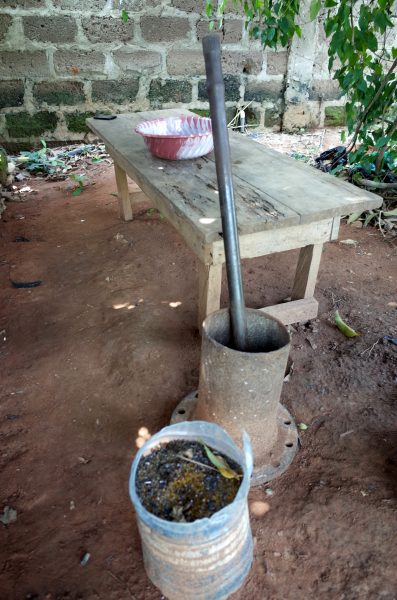

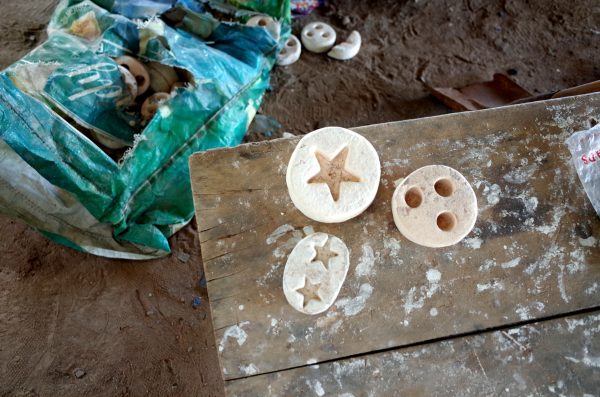



That’s all I can tell you about my trip to Ghana. Of course, there were other places that I visited and other events that I attended, but for now I better go to my sewing machine and let my ideas to come alive.
Thank you for reading!
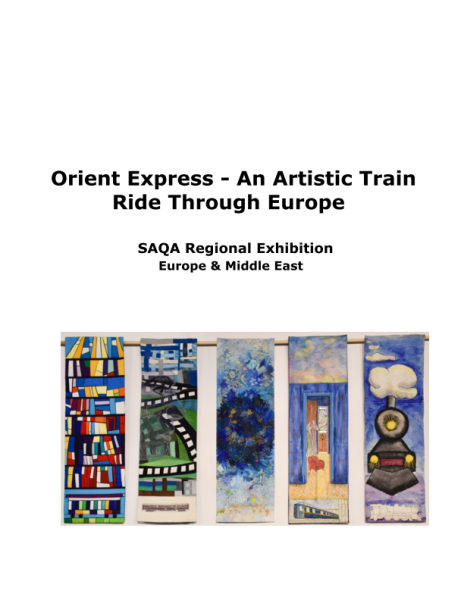
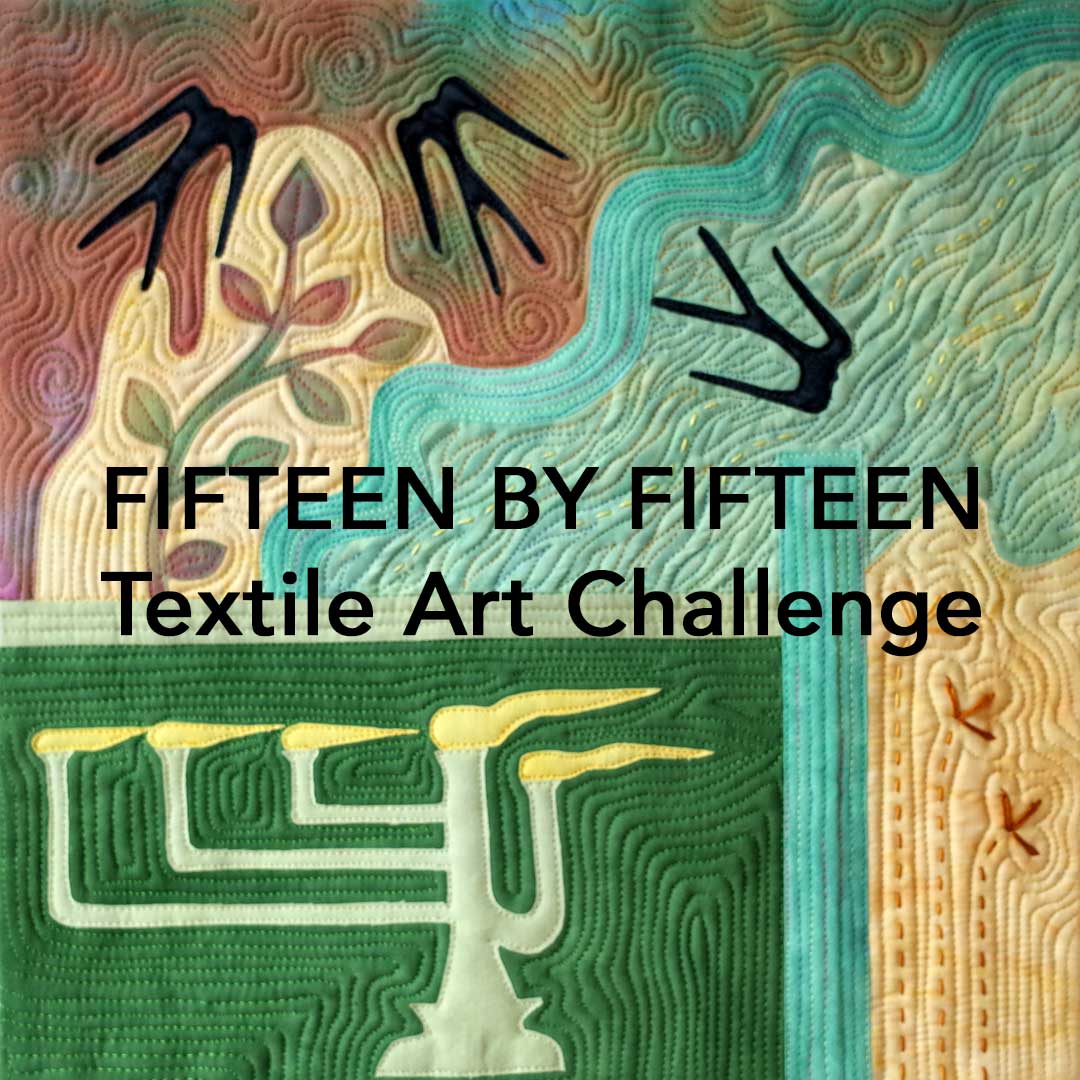

How interesting! The dye from the fabrics does not shade off?